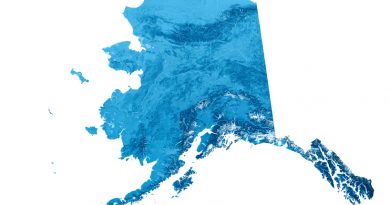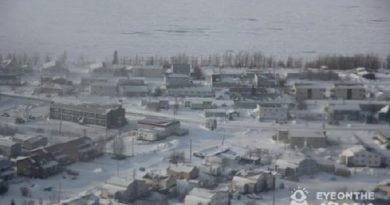The bears are back: Nunavut sorts through 235 repatriated polar bear hides
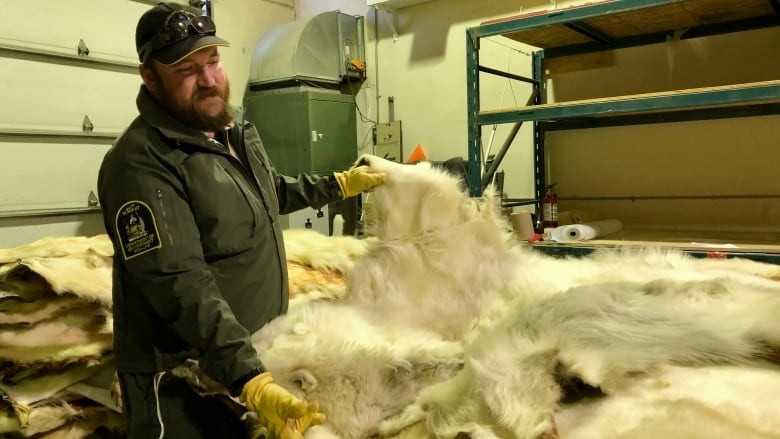
This week Nunavut’s Environment Department is sorting through 235 repatriated polar bear hides that wouldn’t sell at auction in Ontario.
The bears just arrived back from the South, where they were in storage at an auction house in North Bay, some for up to a decade. And while they’re too small, old or yellowed to interest an international buyer, there’s nothing wrong with these bears, says wildlife operations director Jon Neely.
“It’s not that they’re bad bears, it’s just the quality that international buyers are looking for tends to be top of the line,” he said.
The hunters who first owned the hides have until the end of this week to let the territory know if they want their bears back. But the department expects only 10 per cent of harvesters will want to repay an advance made on the furs back when they were worth more.
That advance could have been up to $3,000. Neely says the best and biggest of these bear hides will only be sold for $1,000.
The market for bear hides was hot when the animals were being considered for endangered status. Because that didn’t happen, it dropped, and these bears never sold.
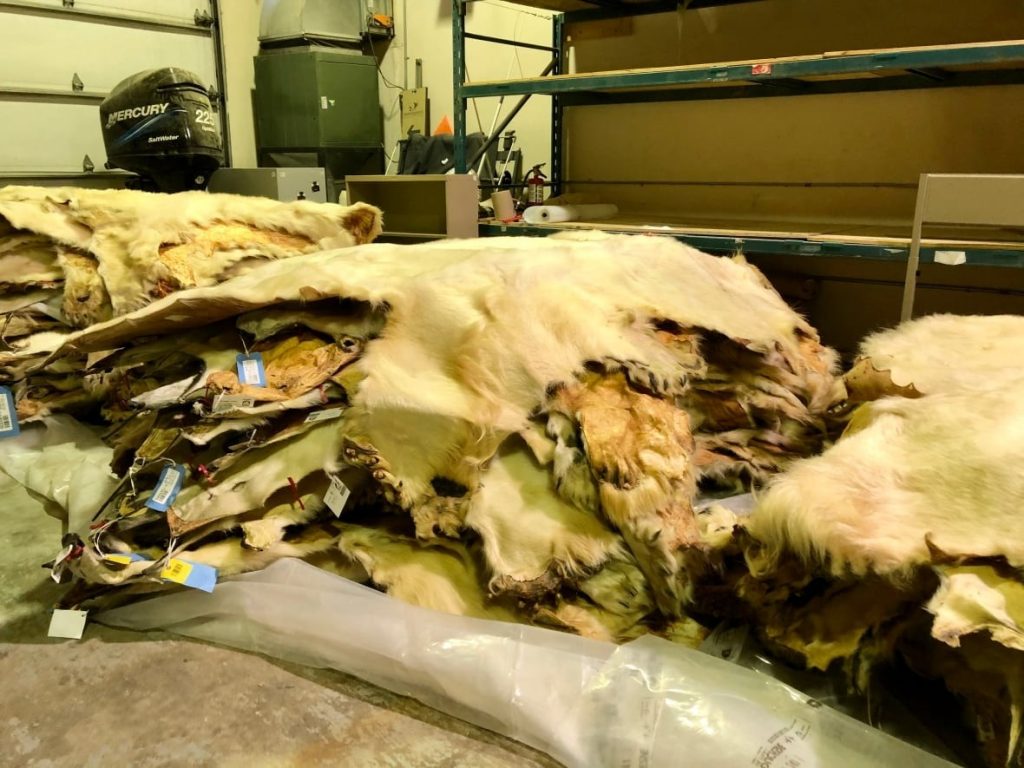
Stay tuned for how to buy one
The raw bear hides are being unpacked in Iqaluit this week from the breathable fur storage bags they arrived in and are being stacked by size and quality for grading.
They’re dusty from a sawdust used at the auction house to combat moisture. Each still has its red territorial wildlife tag.
The Environment Department is working with the Department of Economic Development on how to sell and donate the bears. Some will go to non-profits while other will be available for sale.
Neely says there will be an even split for what quality of furs are sold and which ones go to charity.
The government isn’t trying to make a profit on the hides he said. To keep the prices low, they won’t be processed first.
“We’re not having them tanned to up the price. We want to sell them in the state that they’re in,” he said.
The public will be told how they can purchase a polar bear fur in the coming weeks.
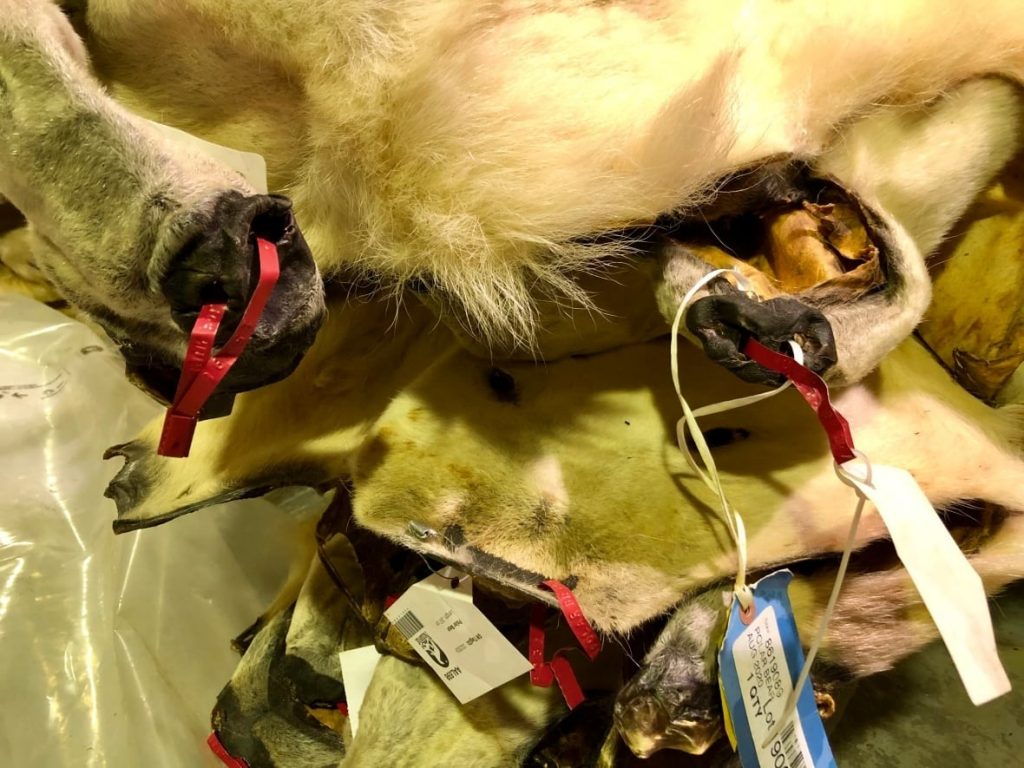
Related stories from around the North:
Canada: Over 200 Nunavut polar bear hides coming back home from Ontario, CBC News
Greenland/Denmark: Greenland and Denmark finalize cooperation agreement on marine pollution response, Eye on the Arctic
Finland: Miners hunting for metals to battery cars threaten Finland’s Sámi reindeer herders’ homeland, Yle News
Iceland: Arctic Science Ministerial postponed to 2021 due to COVID-19, Eye on the Arctic
Norway: Unusual amounts of snow and ice threaten reindeer in Arctic Norway, The Independent Barents Observer
Russia: Record-warm Arctic summer fatal to wild reindeer in Russia, say environmentalists, The Independent Barents Observer
Sweden: Sweden bans mink breeding in 2021 in fight against coronavirus pandemic, Reuters
United States: Biden, Trudeau agree to ‘safeguard’ caribou calving grounds in Alaska refuge, CBC News

